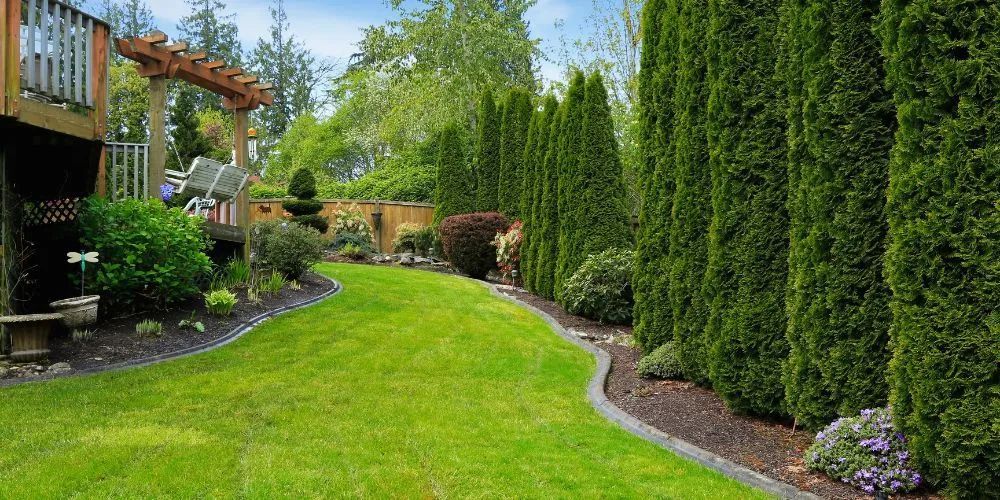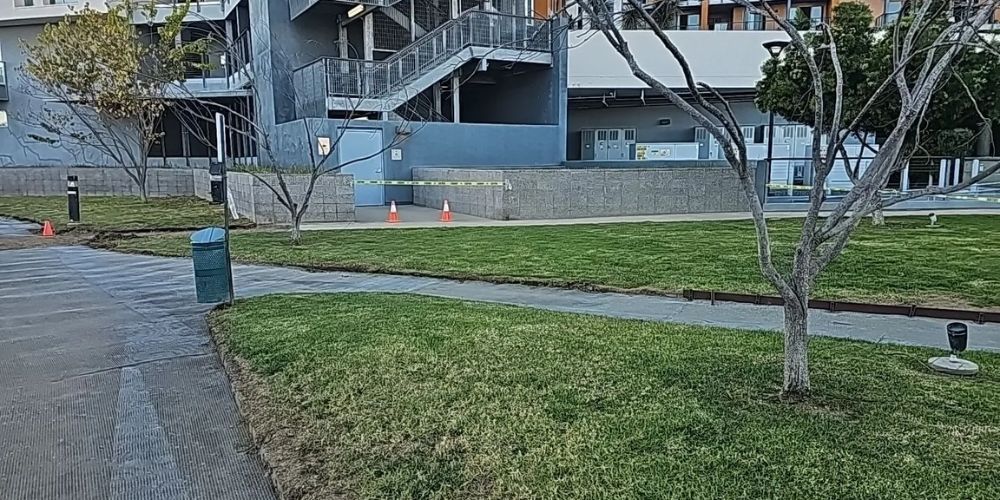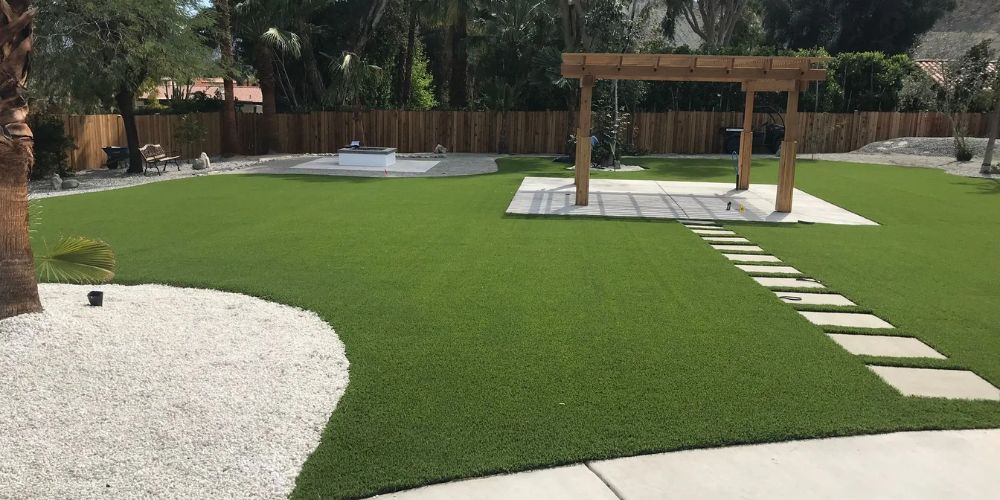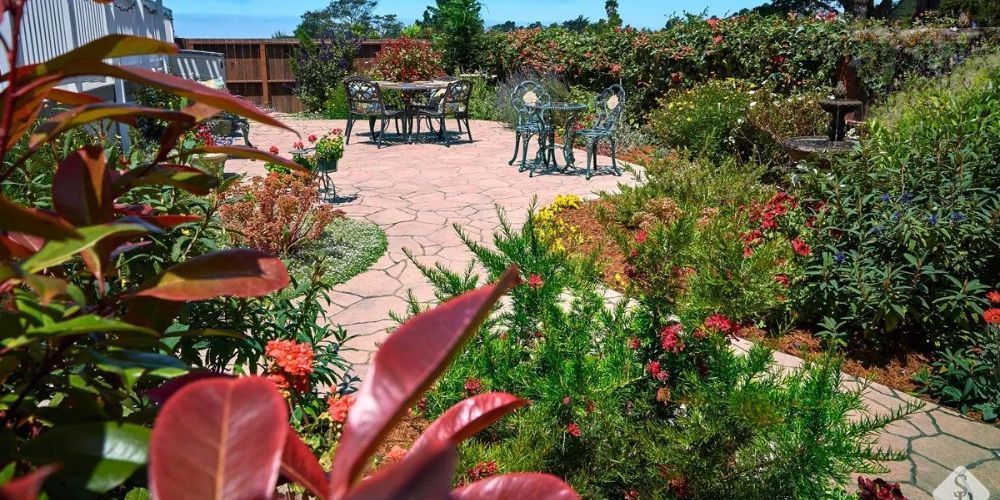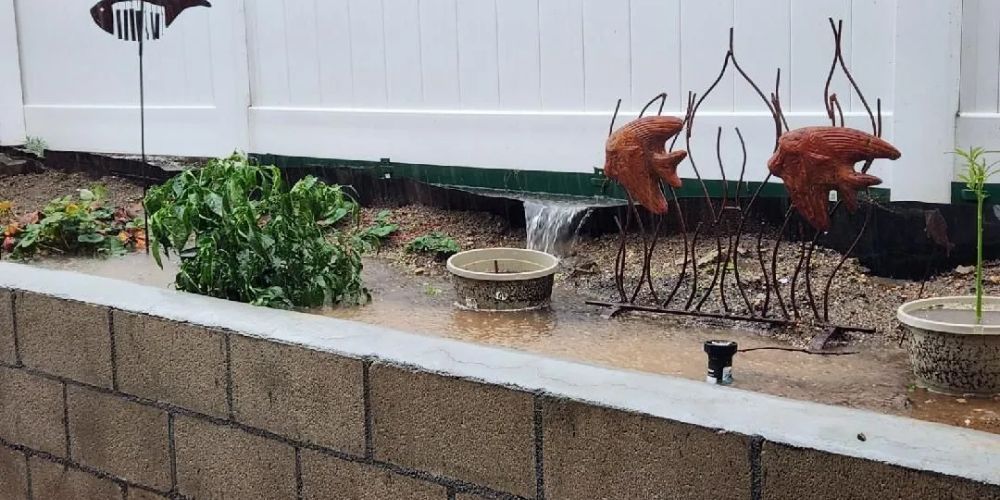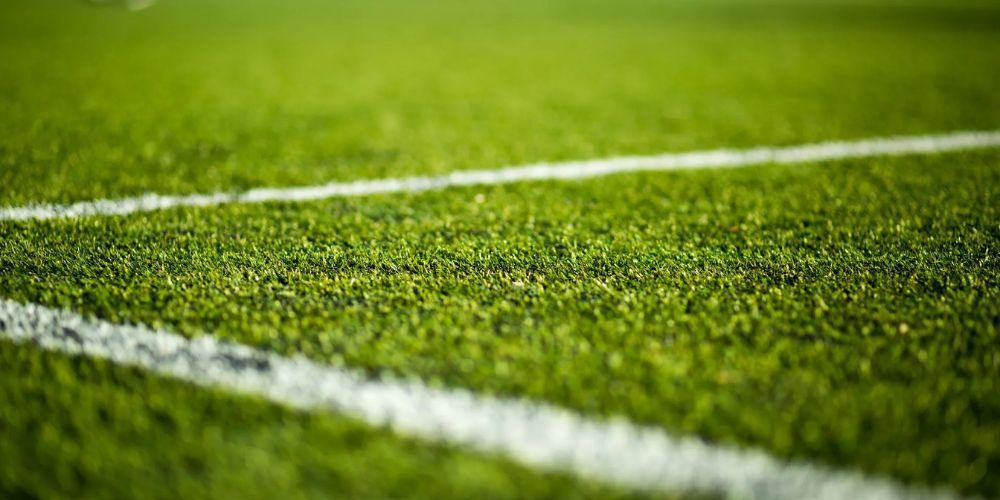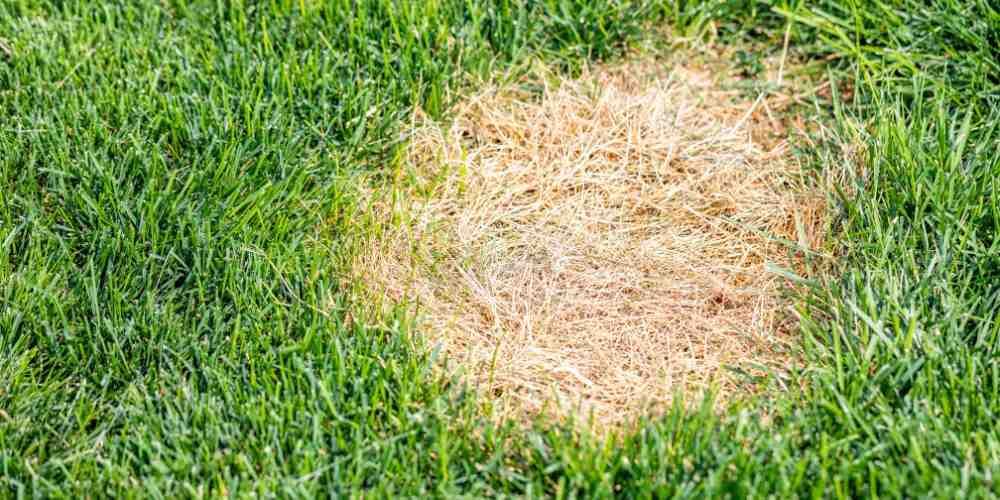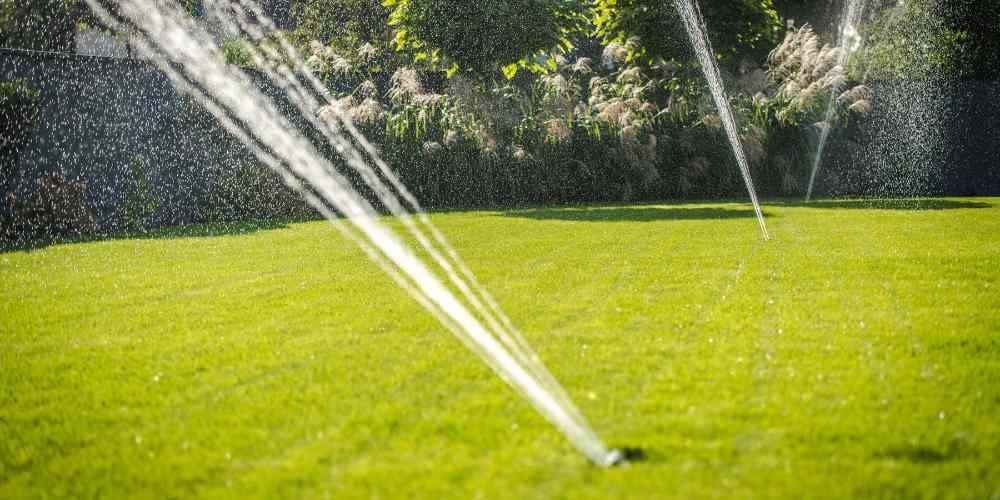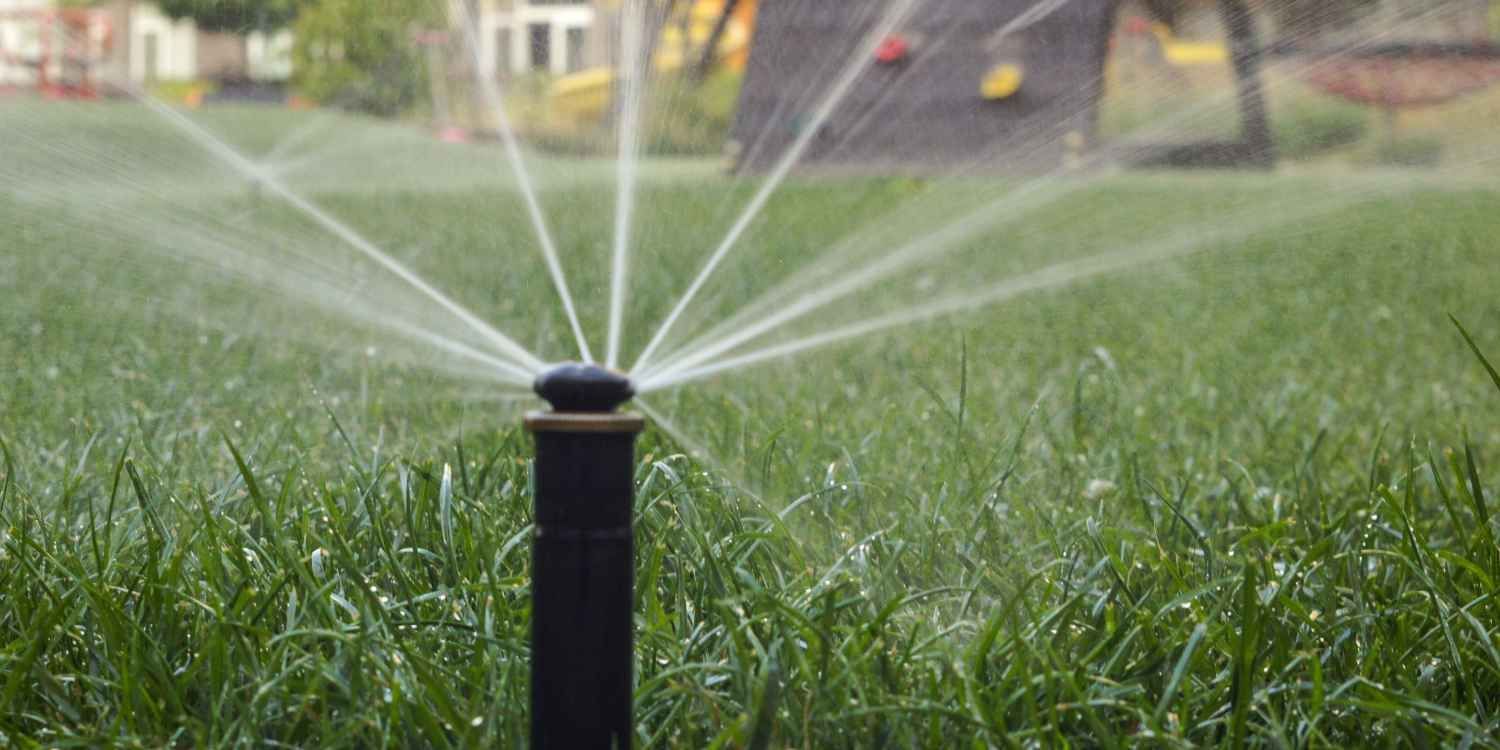Simple DIY Ways to Fix Standing Water in Your Yard
Standing water in your yard is more than just an eyesore. It can damage your lawn, attract mosquitoes, and even affect your home’s foundation. Fortunately, there are practical ways to fix standing water in your yard using simple DIY techniques and preventive measures.
Why Water Pools in Your Yard
1. Poor Soil Drainage
Clay-heavy or compacted soil prevents water from soaking in. Aerating your lawn and adding compost can help water drain more efficiently and improve soil health.
2. Improper Grading
If your yard slopes toward your home, water will naturally collect near the foundation. Regrading low areas or adding gentle slopes away from your home can help prevent puddles and improve your property’s overall drainage.
3. Clogged Gutters and Downspouts
Blocked gutters or downspouts can direct excess water to specific spots in your yard. Cleaning them regularly and extending downspouts 4–6 feet away from the foundation helps redirect water.
4. Yard Obstructions
Retaining walls, fences, or garden beds can change water flow and create unintended pooling. Assess your yard layout and remove or modify obstacles to improve drainage.
Quick DIY Fixes for Standing Water
1. Improve Soil Drainage
Aerate compacted areas and mix in organic matter. This allows water to infiltrate the soil faster and reduces surface pooling. You can also test soil permeability to identify problem spots.
2. Regrade Problem Areas
Creating a gentle slope of 1–2% away from your home ensures that water flows toward lower areas or drains instead of accumulating near your foundation.
3. Extend Downspouts and Redirect Water
Downspout extensions or splash blocks can direct water away from areas where it pools. Flexible pipes work well for long distances or uneven terrain.
4. French Drains for Small Puddles
A French drain is a trench filled with gravel and a perforated pipe that redirects water. This is a DIY-friendly solution for problem spots.
If you’re considering a more permanent fix, focus on proper planning and installation. Effective yard drainage systems are designed to manage runoff efficiently and protect your landscape from future water issues.
5. Dry Wells and Permeable Surfaces
A dry well filled with gravel allows water to seep into the ground gradually. Using permeable pavers, mulch, or gravel paths also reduces surface runoff and pooling.
When to Call a Professional
Some drainage issues may require expert help:
- Persistent water that doesn’t drain
- Soil erosion or foundation concerns
- Large-scale grading or complex slopes
If simple fixes don’t fully resolve the problem, it may be time to explore professional yard drainage solutions that manage water flow more effectively and help protect your lawn.
Preventing Future Drainage Issues
- Regular Maintenance: Clean gutters, downspouts, and drains seasonally.
- Monitor Soil Health: Test soil drainage annually and amend as needed.
- Proper Landscaping: Avoid planting in low spots, and consider rain gardens or water-absorbing plants.
- Seasonal Tips: Check for low spots after heavy rain in winter, aerate soil in spring, and maintain proper slopes in summer. Summer lawn care, including proper watering and soil management, can help prevent future water problems.
If your yard continues to hold water even after trying these methods, explore more ways to drain standing water from your yard to find a lasting solution.
Conclusion
Addressing standing water in your yard promptly protects your lawn, prevents mosquito breeding, and safeguards your foundation. Simple DIY fixes, regular maintenance, and proper landscaping can go a long way. For persistent issues or professional drainage solutions, consult Landtech Scenery to ensure your yard stays healthy and functional.
Mini FAQ
How long will water take to drain naturally?
It depends on soil type, slope, and weather. Compacted clay may take days, while sandy soils drain in hours.
Can I install a French drain myself?
Yes, for small areas, a DIY French drain is doable. For larger projects, professional guidance is recommended.
Which plants help absorb excess water?
Native grasses, ornamental reeds, and water-loving shrubs can help absorb runoff and prevent pooling.
